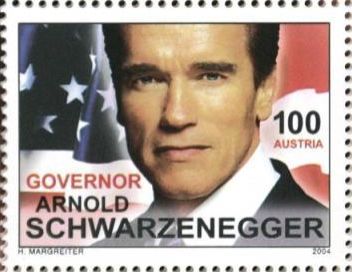
New York's contingency plan for the strike has largely been effective. The four passengers to a car requirement, though not without its flaws, has helped keep the traffic flowing into Manhattan. This policy has been enforced by a large police presence.
But I can think of two areas where the city could have done much better, keeping many of those same cars off the road in the first place.
The first would be more effective use of ferries. Ferry service got a lot of attention in the aftermath of 9/11, esp when the PATH station in lower Manhattan was closed for months, and ferries took up the slack.
Closer to the Phantom's home, the existing small scale ferry service from Bay Ridge's Brooklyn Army Terminal to lower Manhattan was supplemented by a large and free " Staten Island " ferry boat on that run. Another boat made the run from Wall Street to 34th Street/ East River.
But as the PATH and other trains came back to normal service, ferry ridership fell and service was scaled back. Except for the Staten Island Ferry, all the intracity ferries are in private hands, and the private operators have been killed by low ridership and high fuel costs.
Years later 9/11, the TWU has hit New York with a nonviolent attack on New York's transit network. Noone has been killed, but instead of some trains being down, all of the subways are KO'd.
And the ferry service is less than it was before 9/11, and much less than in late 2001. The Bay Ridge - lower Manhattan service was completely overwhelmed. The city directed people to the Brooklyn Army Pier on its website ; I have spoken with two people who had to wait in line for over two hours in the cold there. They would have waited longer had not the city improvised by sending a big ferry to pick them up.But no additional service was in the contingency plan.
And for the duration of the strike, just when it is most needed, there is to be no service between Pier 11 / Wall St and 34th Street. There aren't enough resources devoted to the ferries. New York is a harbor city. We should have a good ferry network anyway, but they will be the critical in the event of disasters, whether they be natural, accidental, or caused by terrorists, or city employees.
 Kyoto Bike Rack, by the main train station
Kyoto Bike Rack, by the main train stationMany New Yorkers could have commuted into Manhattan if it were possible to do so by bicyle. I would do it, but there is no place to park my bike near work. Manhattan commercial buildings do not alow bikes to be brought up to the office. And there are typically no bike racks outside.
They will take bikes in some parking lots, but the price is very high.
New York may want to develop a bike strategy. Bicycles are an integral part of the commuter's options in many cities, including Amsterdam, Munich, Kyoto, even the megacity of Tokyo. If there was a place to park them, there could have been thousands more clean bicycles entering Manhattan today and yesterday.
Someday?



































